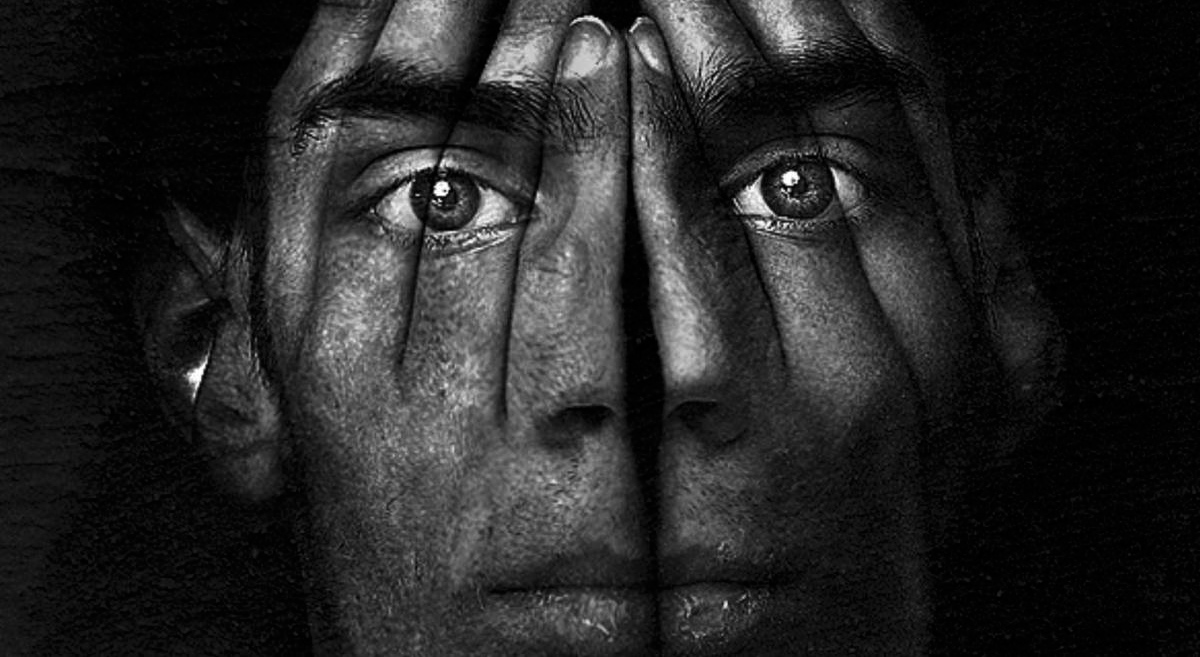Narcolepsy is a sleep disorder that can manifest itself in several ways, but especially through excessive sleepiness during the day that can lead to what are known as sleep attacks, moments in which the desire to sleep is irrepressible for the patient and that can last a few minutes, or lengthen to more than an hour. Its fundamental cause is due to a deficit of hypocretin, which is a neurotransmitter substance.
The disease usually begins around 20-30 years, but can appear at any age (even in children), although up to 50% appears in adolescence and 5% before puberty.
Narcolepsy can have serious consequences on the quality of life of patients, since it interferes with the development of their school or work activities, as well as their social relationships. Patients can suffer accidents because of sleep attacks that can surprise them at any time, in situations such as driving or crossing a street, for example. For this reason patients should not perform tasks that could endanger their lives in the event of having a crisis.
 The syndrome of complete narcolepsy includes four symptoms or manifestations:
The syndrome of complete narcolepsy includes four symptoms or manifestations:
- The crisis of daytime sleep: the patient remains drowsy and alert during the day, and has several episodes of sudden and intense sleep (attacks). You can sleep at any time of the day, and in any situation, since the entry into the sleep can be so abrupt that the patient does not realize that he falls asleep, and this can lead to falls and accidents. The drowsiness is logically accentuated in the moments in which there is more tendency to sleep, as after the meal. After sleeping, even for a short time, the patient usually wakes up rested and clear for a variable time.
- Cataplexy crisis: cataplexy crises consist of a sudden muscular relaxation, without loss of consciousness, triggered by a stimulus such as laughter, intense emotions such as fear, anger or joy, or by making sudden movements; but they can also occur without any triggering factor. The patient notices that his eyelids, jaw or head are falling forward, and that his arms and legs are loosened, so he can fall to the floor. Cataplexy crises are usually very brief, of a few seconds, but can last several minutes, and usually occur several times a day. In addition, they can affect a limited number of muscles or compromise most of the body muscles. They are very characteristic of this syndrome.
- Hypnagogic hallucinations: these are very real experiences (images and sounds), often terrifying, that occur when the person passes from wakefulness to sleep. The patient has difficulty distinguishing hallucinations from what is real, which is why they are so disturbing. They are easily interrupted by touching the person. They are not exclusive to this picture, because they can be seen in a small percentage of the normal population.
- Sleep paralysis: is the inability to move or speak for a short period of time upon waking or falling asleep. It can be accompanied by a sensation of buzzing or pressure in the ears and gives in spontaneously or thanks to stimuli or external noises. Sleep paralysis can occur in isolation, unrelated to the other symptoms of narcolepsy, and occurs mainly in adolescence.
Other symptoms associated with narcolepsy, such as:
- Night awakenings. Nighttime sleep is fragmented with periods of wakefulness.
- Fatigue and constant tiredness.
- The Depression.
- Difficulty to concentrate and memorize.
- Sensation of hunger that drives to eat without control, and can cause overweight.
At present there is no cure for narcolepsy, and the treatment is symptomatic and chronic, in order to control the symptoms that affect the quality of life of the patient and condition the development of their daily activities.
The treatment of narcolepsy must be individualized, taking into account the characteristics of the patient, since the severity and frequency of symptoms vary significantly from one person to another.
It is advisable to establish rules to control sleep habits, such as going to bed and getting up at the same time every day, and avoiding all those factors that may cause insomnia (such as eating a lot or doing some stressful activity before going to bed). When possible, and as long as it does not interfere with night rest, it can also help to take short naps throughout the day, and exercise regularly.
Always take care of your health with a unique and efficient service. Visit Pharmamedic.






